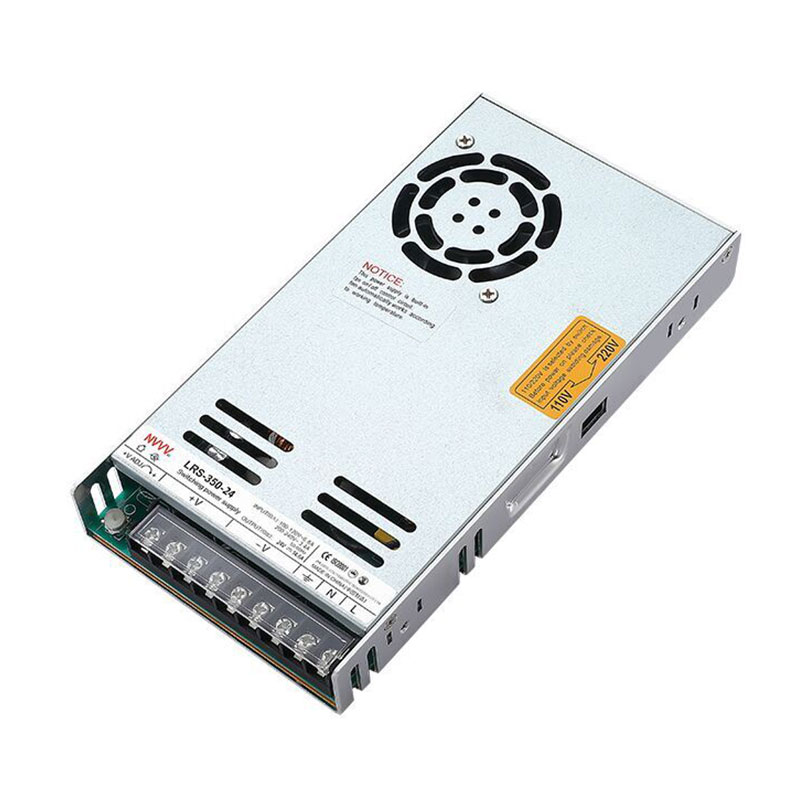Learn how SMPS works and how to troubleshoot
Switch Mode Power Supplies (SMPS) are essential components in modern electronics, offering high efficiency and compact design. This article delves into what SMPS power supplies are, how they operate, their numerous advantages, and the steps to troubleshoot and fix common issues. Understanding these aspects can help in selecting the right power supply for various applications and maintaining them effectively.
What is SMPS Power Supply?
A Switch Mode Power Supply (SMPS) is a highly efficient power supply unit that uses switching regulators to convert electrical power. Unlike linear power supplies, which dissipate excess power as heat, SMPS rapidly switch electronic components on and off to regulate and stabilize the output voltage. This approach significantly improves efficiency and reduces heat generation. SMPS are used in various applications due to their compact size and high efficiency:
- Computers and Servers: SMPS provide the necessary power conversion for computer systems, converting AC to the DC power required by internal components.
- Telecommunications: SMPS power equipment such as routers, switches, and base stations, reducing energy consumption and heat generation.
- Consumer Electronics: Devices like televisions, gaming consoles, and home audio systems use SMPS to manage power efficiently while maintaining a compact form factor.
- Industrial Equipment: SMPS are crucial in powering industrial machines and automation systems, including CNC machines and assembly line robots.
- Medical Devices: Medical equipment like MRI machines and patient monitoring devices rely on SMPS for stable and reliable power supply.
- LED Lighting: SMPS are used in LED drivers to provide consistent power, ensuring optimal performance and longevity of LED lights.
How Does SMPS Work?
An SMPS operates through a series of stages to convert and regulate electrical power efficiently:
- Input Rectification and Filtering: The input AC voltage is rectified using diodes to produce an unregulated DC voltage. Capacitors filter this DC voltage to reduce ripple.
- High-Frequency Switching: A switching transistor (e.g., MOSFET) rapidly switches the DC voltage on and off at high frequencies, converting it to a high-frequency AC signal.
- Transformer Stage: The high-frequency AC is fed into a transformer, which adjusts the voltage to the desired level. This stage also provides isolation between the input and output.
- Output Rectification and Filtering: The transformed AC voltage is rectified back to DC using diodes. Capacitors and inductors then filter the rectified voltage, producing a stable DC output.
- Feedback Regulation: A feedback circuit monitors the output voltage and adjusts the switching duty cycle to maintain a constant output voltage, ensuring stable power delivery regardless of variations in load or input voltage.
What is the Advantage of Using SMPS?
SMPS offers several advantages over traditional linear power supplies:
- High Efficiency: SMPS can achieve efficiency levels of 80-90% or higher, significantly reducing energy waste and heat generation.
- Compact Size and Lightweight: The high-frequency operation allows for smaller transformers and components, resulting in a more compact and lightweight design.
- Versatility: SMPS can handle a wide range of input voltages and provide multiple output voltages, making them suitable for a variety of applications.
- Cost-Effectiveness: The increased efficiency and reduced cooling requirements can lower operational costs, particularly in large-scale systems like data centers.
- Reliability: Properly designed SMPS units offer stable and reliable power, essential for the proper functioning of sensitive electronic equipment.
- Reduced Heat Dissipation: The efficient power conversion minimizes heat generation, reducing the need for extensive cooling solutions and improving overall system reliability.
How to Fix SMPS?
Troubleshooting and fixing an SMPS involves a systematic approach:
- Visual Inspection: Begin by visually inspecting the SMPS for obvious signs of damage, such as burnt components, loose connections, or bulging capacitors. This can help identify the most apparent issues quickly.
- Check Input Power: Verify that the input power supply is within the specified range and that there are no issues with the input voltage. Incorrect input voltage can lead to SMPS malfunction.
- Measure Output Voltage: Use a multimeter to measure the output voltage and compare it with the specified values. This step helps identify discrepancies that might indicate internal issues.
- Test Components: Individual components like diodes, transistors, and capacitors should be tested for faults. Damaged or faulty components should be replaced to restore proper functionality.
- Check for Overheating: Overheating is a common cause of SMPS failure. Ensure adequate cooling and check for any signs of thermal damage. Proper ventilation and heat sinks can help prevent overheating.
- Verify Feedback Loop: Ensure that the feedback circuit is functioning correctly. Faults in the feedback loop can cause instability in the output voltage, leading to improper power regulation.
- Inspect for EMI Issues: Electromagnetic interference (EMI) can affect SMPS performance. Ensure proper shielding and filtering to mitigate EMI issues. EMI filters and ferrite beads can be effective in reducing interference.
- Consult the Manufacturer's Guide: Always refer to the manufacturer's troubleshooting guide for specific issues related to the SMPS model in question. Manufacturer guidelines can provide valuable insights and recommended solutions.
By following these steps, many common issues with SMPS can be identified and resolved, ensuring reliable operation and extending the lifespan of the power supply.
In summary, understanding the working principles, advantages, and troubleshooting methods of SMPS is crucial for their effective use and maintenance in various electronic applications. SMPS are indispensable components in modern electronics, offering high efficiency, compact size, and reliable power conversion, making them ideal for a wide range of applications.








